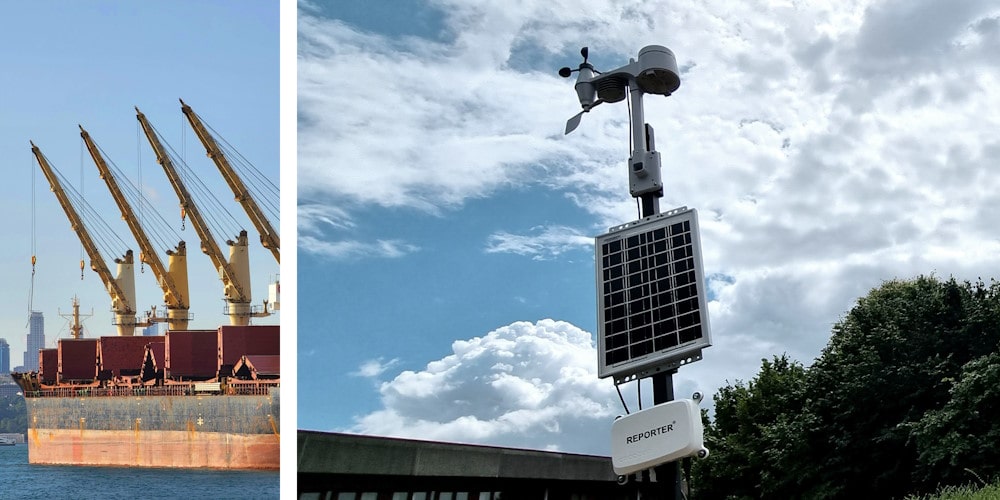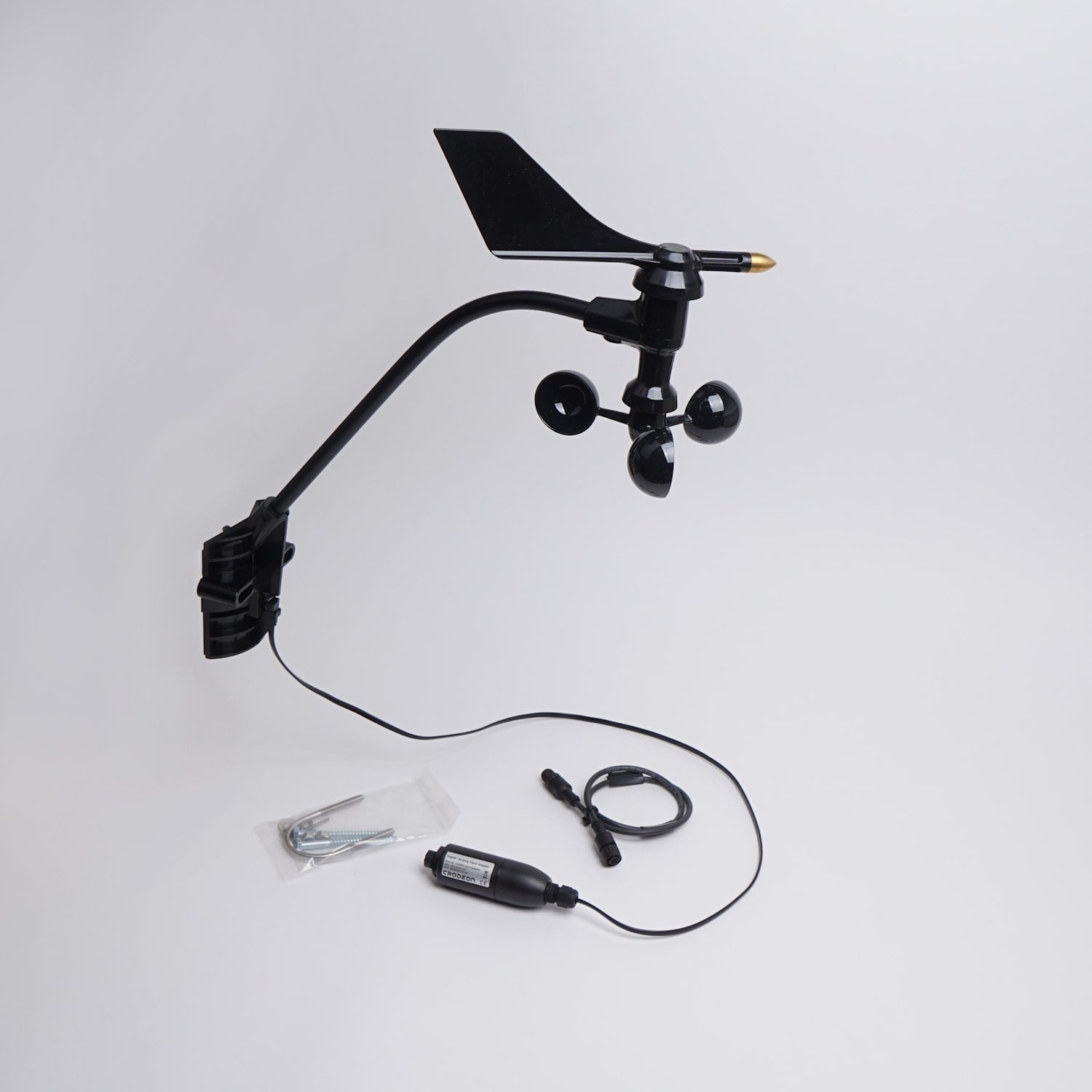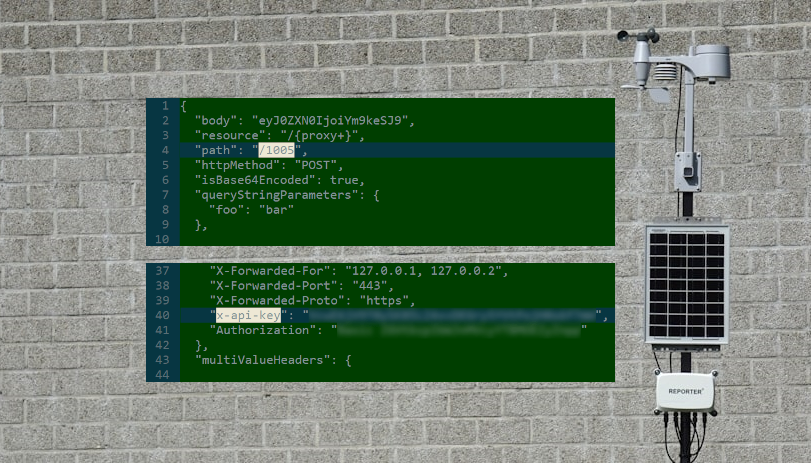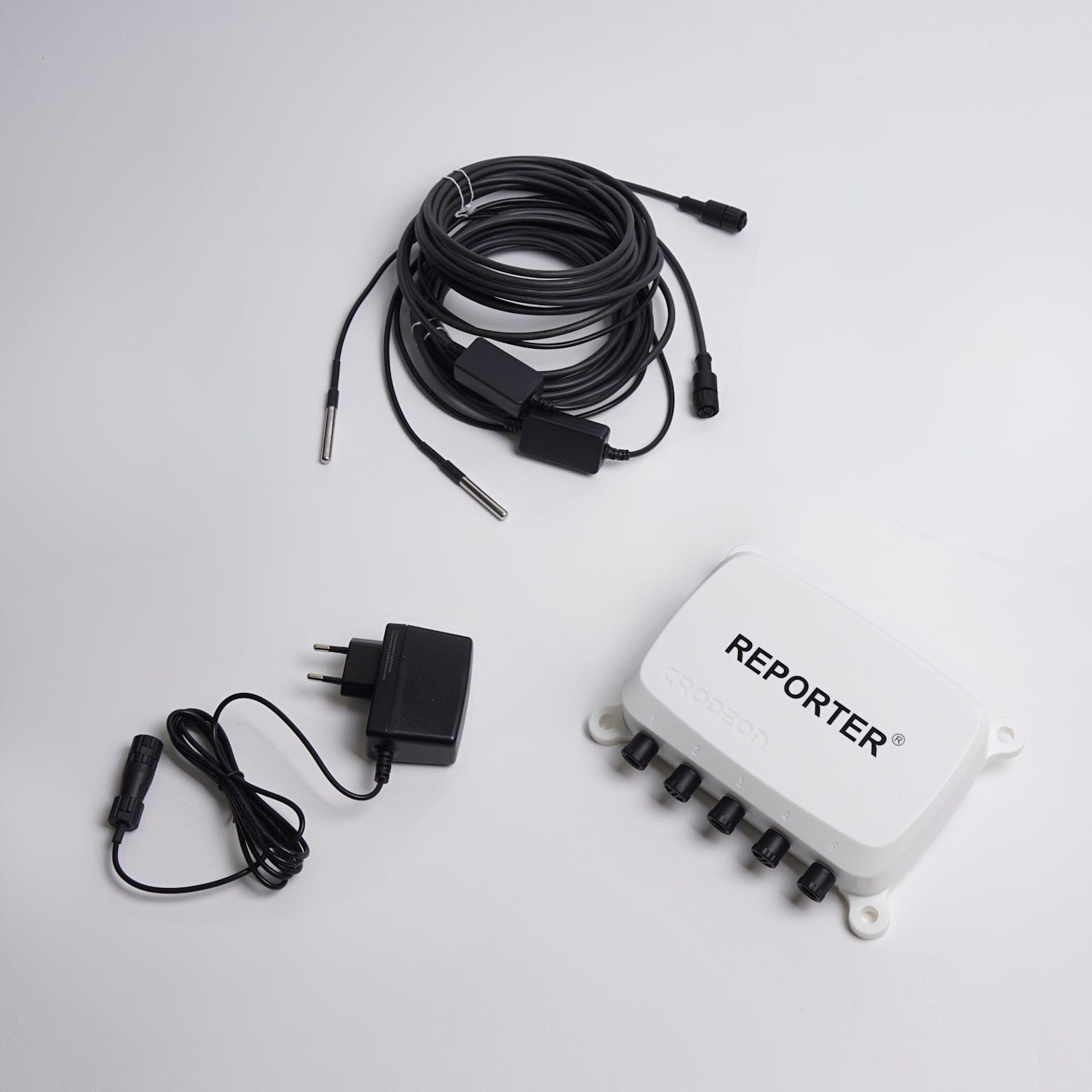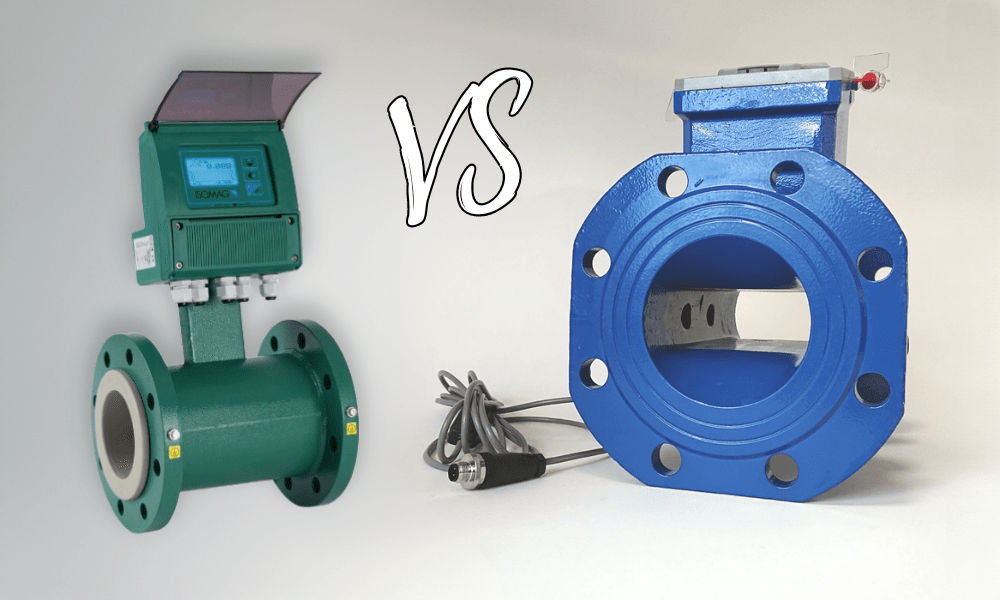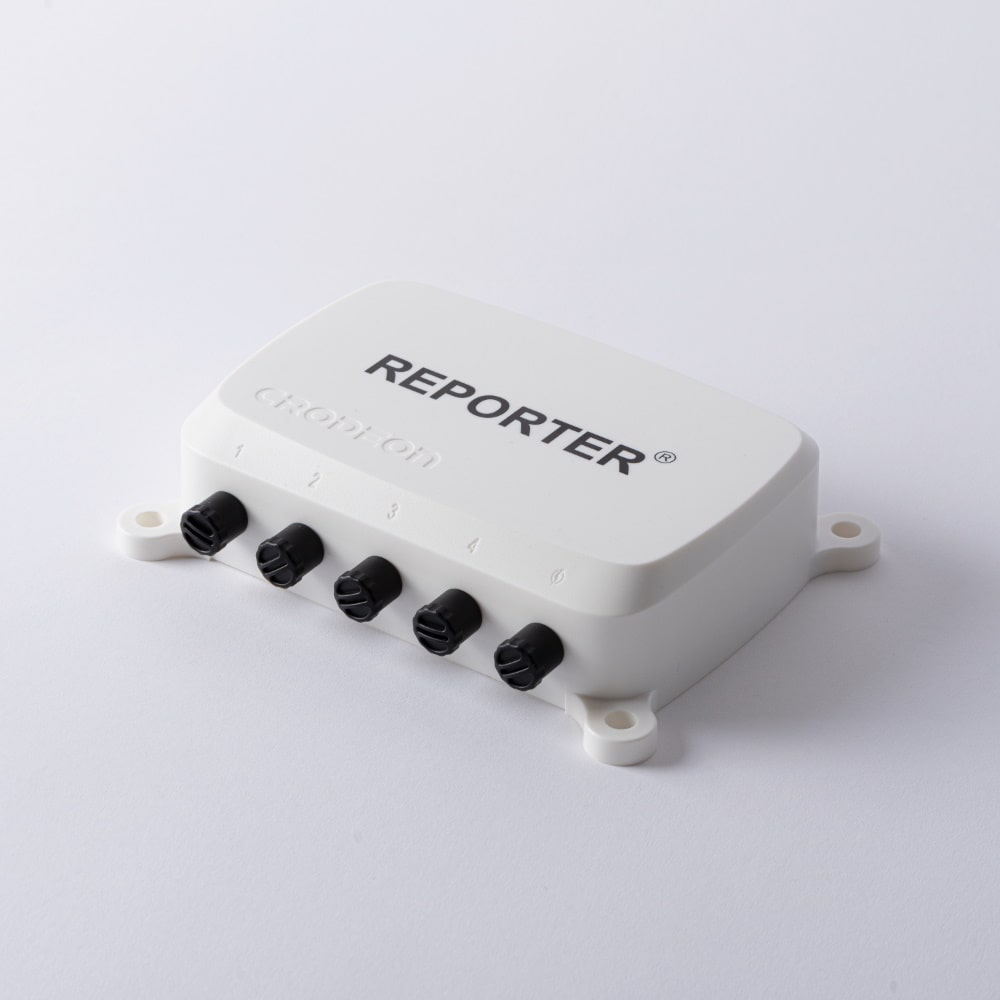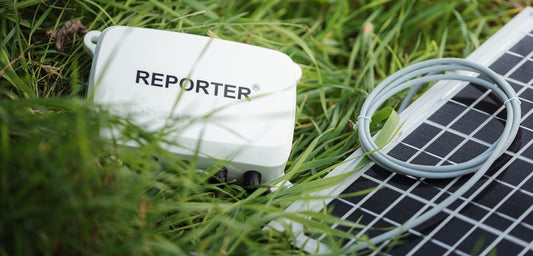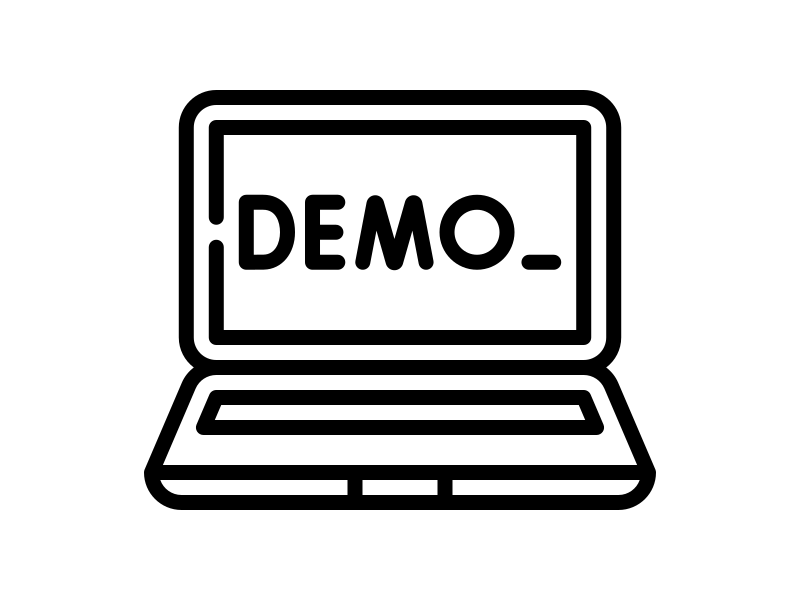Smart sensors for ports and terminals
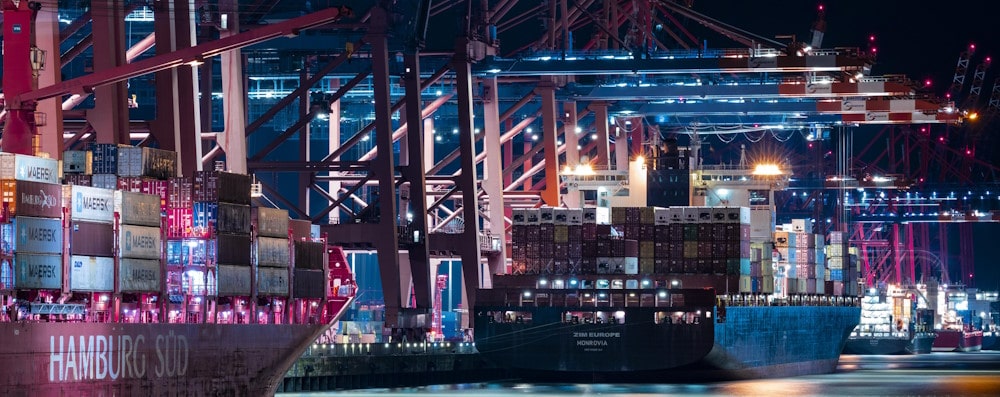
Every port with terminals can benefit from some extra automation. Luckily there's an easy solution to make this possible: plug & play smart sensors.
Using smart sensors helps you log data accurately and efficiently. Sensor devices with a REST API even allow you to immediately use your gathered data to trigger other processes. Sharing measurement data with clients and partners becomes effortless, simplifying calculations for demurrage and enhancing port safety.
Dry bulk terminals
Not every port is an all-weather-port, which means that moisture-sensitive products (like powders, grains, and fertilisers) cannot be loaded or discharged during rain. To maintain the product's quality, it must be re-covered, causing all other processes to halt.
A statement of facts is maintained to record when rain or other adverse weather conditions hinder activities. However, these manual logs require lots of manual work and are quite time-consuming.
A weather station that automatically logs its measurements in the cloud can help you keep an accurate and automated statement of facts. Simply download the logs from the cloud to present to your clients or partners.
Demurrage
Demurrage fees apply when lay-time exceeds the pre-calculated number of days. An accurate statement of facts is needed to accurately calculate the exact number of weather working days. A cloud-connected weather station with a rain sensor can help you make this process smoother. The following blog explains this in more detail:
Weighing conveyor belts and weighbridges
When bulk enters or leaves the port, we want to know in what quantities. Smart sensors can help you measure the amount of product that gets transported on a conveyor belt in weight per hour. Smart sensors that are connected to a cloud platform would log these measurements in a detailed and accessible log for you to download when needed.
Similarly, weighbridges (for trucks or other vehicles) can automatically be read using load cells. The records are automatically uploaded to the cloud and stored for future reference. Smart sensors with API access allow you to integrate this data into your own software and systems in real-time.

Dis(embarking) large objects
Transporting large objects between a ship and the port requires favorable weather conditions to ensure safety. A smart wind sensor (anemometer) or professional weather station with a cloud-based web application can help you log wind speeds on the one hand, and be warned about dangerous situations on the other.
A smart wind sensor measures wind conditions in real-time. Many of these systems include configurable alarm options. Crodeon's Reporter for example lets you set alarm thresholds, once exceeded an alarm notification in the form of a text message, voice call or email gets triggered.
When using Reporter's API you can also use the measurement to trigger a physical (audible/visual) alarm at the port itself. This is an easy and effective way to warn staff that hoisting wind turbine parts for example, is no longer safe.
Monitoring cooled areas
Cooled areas of the terminal, such as fruit and vegetable storage rooms, require monitoring for temperature and humidity to protect the quality of fresh produce. Smart temperature and humidity sensors will log while still measuring in real-time. A cold room monitoring kit will help you keep track of the indoor climate and warn you when the ideal conditions are not being met.
Measure liquids
When moving liquids out of, or into ships, it's worth keeping an eye on the flow rate. Smart liquid sensors can measure flow, pressure on the pipes and the level in a basin or container. Depending on the type of liquid you might need an electromagnetic flow meter or an ultrasonic flow meter. For example, fossil oils cannot be measured with an electromagnetic flow meter because they are not conductive.
Read more about the difference between flow meters in the blog below:
Detect power cuts
A power outage at a busy terminal is detrimental to productivity and several safety mechanisms. Power cuts may occur when staff is not present. Smart power sensors can trigger alarm notifications that warn you about a power outage in real-time.
Especially in cold rooms or freezers a power outage alarm can prevent absolute chaos upon your return. Crodeon's Reporter is a good example of a sensor device that automatically detects power cuts when connected to the power grid.

Reporter
Setting up your own remote monitoring & measuring project shouldn't be a hassle. At Crodeon we value your time, which is why we designed Reporter to become your favourite plug & play sensor device. The device features four sensor connectors and one power port, allowing you to attach four sensors of your choice along with your preferred power source.
Real-time data with accessible logs
Reporter streams all its live data to the cloud (Crodeon Dashboard) where you view live measurements 24/7. Logs can be exported as an Excel file. This also means that logs can easily be printed or shared with third parties. All without the hassle of manual logkeeping!
Power supply that fits your location
Reporter is compatible with the power grid, DIN-rail, and its own solar panel. This means that you can virtually install Reporter anywhere as it's powered in your preferred way. When Reporter is connected to the power grid (or a generator) it will detect power outages at your port or terminal.
GSM-connection
Remote locations call for long-distance solutions, which is why Reporter sends its data through the GSM network (2G & 4G). The robust cellular data connection gives you peace of mind as you won't have to worry about maintaining your own local data networks.
Extend your sensor reach
Every smart sensor can be extended up to at least 30m by using extension cables. This allows a single Reporter to connect to four sensors within a 30-meter radius.
Connect your existing sensors
Your sensor can easily become a smart sensor thanks to Reporter.
Reporter communicates with its sensors through our Sensor Adapters. These adapters ‘speak’ several different languages, allowing you to connect your own existing sensors to Reporter.

Publicly share data with API
If you were to install Reporter at your port or terminal, you might want to consider sharing (part of) your data with others. Weather measurements can be a valuable asset for ship owners and cargo owners alike, just as the companies loading and discharging the ships.
Reporter's REST API enables you to display measurement data on a public platform for third parties to consult.
Automate processes through API
Your IT department can use Reporter's API to automatically integrate measurement data into your own systems and software. This makes it possible to trigger other actions directly through Reporter's sensor data.
Some examples of API-triggered actions:
- A warning alarm goes off when a basin is about to overflow.
- A pump that stops running when pressure on pipes exceeds a certain limit.
- A backup generator that starts when a power cut is detected.
- Lights start to flash when wind speed exceeds the limit to safely hoist big objects.
Make your port smarter with Reporter!
Ready to enhance your port with remote monitoring and measuring sensors? Contact us via our form or email, we're here to help!

